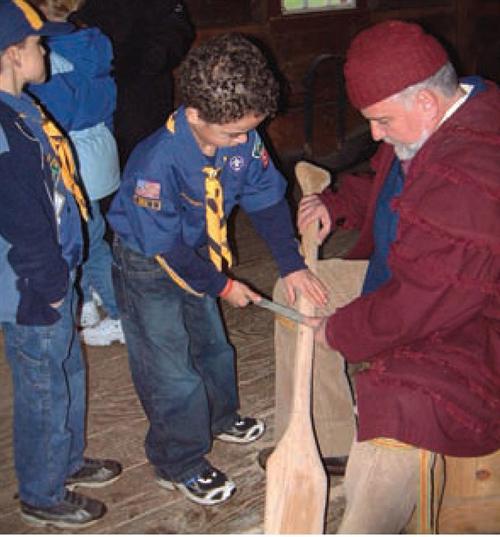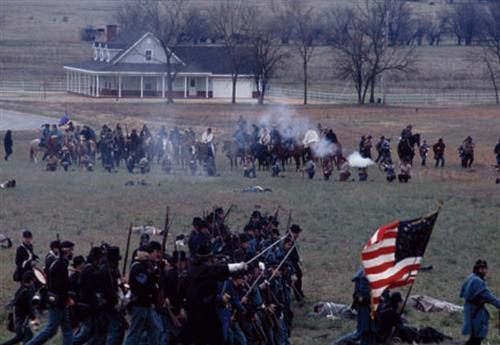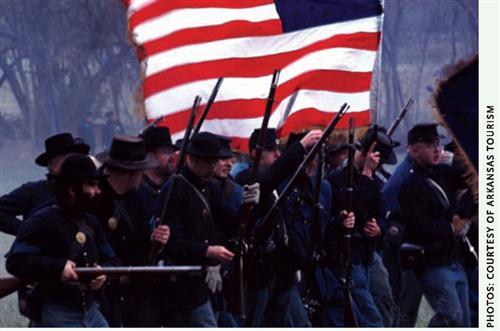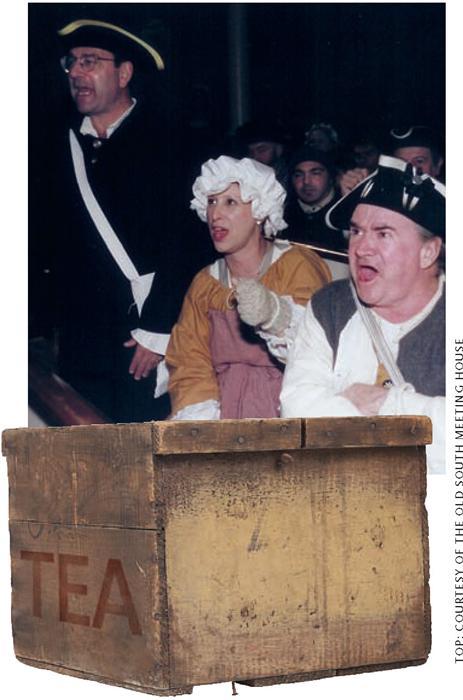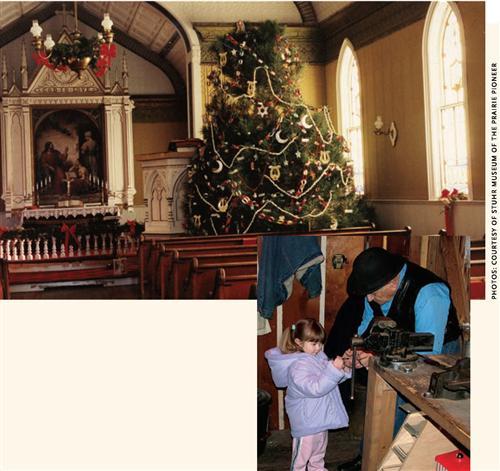Sign up for the Family Tree Newsletter Plus, you’ll receive our 10 Essential Genealogy Research Forms PDF as a special thank you!
Get Your Free Genealogy Forms
"*" indicates required fields
Washington, DC
Bearing Witness
Better than your history books, Eyewitness: American Originals from the National Archives reveals more than 20 never-before-exhibited firsthand accounts of some of history’s most electrifying moments. The traveling show — at the Lawrence F. O’Brien Gallery through Jan. 1 — chronicles the May 1937 explosion of the Hindenburg, the October 1962 Cuban Missile Crisis and the November 1963 assassination of President Kennedy.
You also can view Thomas Jefferson’s handwritten report of the storming of the Bastille in Paris and the April 1865 testimony of Abraham Lincoln’s doctor following the president’s assassination. Another highlight: a 1968 Christmas Eve live broadcast of the Apollo 8 astronauts describing earth from 240,000 miles away.
Admission and audio tours are free. Visit <archives.gov/dc-metro/events> or call (202) 357-5000 for additional information. After DC, the display travels to Atlanta and then to Austin, Texas, and Omaha, Neb. You can preview the exhibit online at <archives.gov/exhibits/eyewitness>.
Tacoma, Washington
Trading Spaces
Experience Washington Territory’s Fort Nisqually, a bustling 19th-century trade center, during the living history museum’s Arts of the Fur Trade event Nov. 11. You can watch crafters create yarn and American Indian baskets, or listen to re-enactors perform period music on tin whistles, harps and fiddles. Learn how to play marbles, or sit down for a storytelling session in Chinook Jargon — a trade language derived from several American Indian groups living in the Pacific Northwest.
You also can help out with food preparation — coffee grinding, butter churning and apple juicing. At the museum store, pick up some blacksmith-made square-head nails or a courting candlestick.
Built in 1833, Fort Nisqually was the first European settlement on Puget Sound. An outpost of the Hudson’s Bay Company of London — an expansive fur-trading business King Charles of England chartered in 1670 — the fort was operated by a mix of ethnic groups, including American Indians and Scottish, French Canadian and English settlers.
Admission is free. See <www.fortnisqually.org> or call (253) 591-5339 to learn more about the event.
Prairie Grove, Arkansas
Natural Battle
Relive a Union victory at the biannual Prairie Grove Battle Re-enactment Dec. 2-3, on part of the authentic war zone — a rarity for Civil War demonstrations. The original fight began near Prairie Grove Church Dec. 7,1862, running from dawn to dusk and resulting in about 2,700 deaths for both sides.
After the re-enactment — the Natural State’s largest combat re-creation of its kind — you can walk along the mile-long Battlefield Trail, passing through the valley where the battle’s bloodiest moments occurred. During a guided camp tour, you’ll see the pre-battle Confederate headquarters at the Morrow House, as well as Hindman Hall, a showcase of authentic uniforms, an officer’s tent and a display on Civil War medicine.
Admission is $4 per vehicle. For more information, visit <www.arkansasstateparks.com/prairiegrovebattlefield> or call (479) 846-2990.
Boston, Massachusetts
Steeped in History
In 1773, Samuel Adams led 150 Bostonians in the destruction of three ships’ cargo. The group threw 342 crates of black tea, today worth about $1 million, into Boston Harbor. This action resulted in many hardships, including British occupation of the city and closing of the harbor. But it eventually led to the American Revolution. Help re-create the fervor with which American colonists protested British taxation at the Boston Tea Party Re-enactment Dec. 10.
The annual re-enactment begins at the Old South Meeting House with a local battalion group’s drum-and-fife salute; it’s followed by a re-creation of the fiery debate leading to the cargo’s destruction. Re-enactors play the parts of original rabble-rousers — Adams, John Hancock and Paul Revere. After the debate, look for Adams’ secret signal (the phrase “this meeting can do nothing more to save our country”) and then follow the group to Boston Harbor.
Admission is $5, or free to those sporting traditional Colonial garb. For more details, visit <www.oldsouthmeetinghouse.org/calendar> or call (617) 482-6439.
Grand Island, Nebraska
Past and Presents
Travel through a quartet of Christmas villages at the Stuhr Museum of the Prairie Pioneer’s 19th annual Christmas Past & Present Dec. 2 and 8-10. Your first stop: An authentic mid-1800s log cabin settlement of “road ranches,” built to house westward travelers along the state’s pioneer trails. Next, take a wagon ride through the 1896 Railroad Town. Stop at the Fonda House, actor Henry Fonda’s birthplace, then watch costumed interpreters prepare taffy and more.
At the turn-of-the-century farm community, sing along with the rural church choir before participating in the museum’s many Christmas Present activities. Here, you’ll venture through an indoor forest of more than four dozen decorated Christmas trees, as well as period furnishings and tools.
Admission is $5 for adults and $3 for ages 7 to 12; kids 6 and under get in free. Wagon rides cost an additional $1. To learn more, go to <www.stuhrmuseum.org> or call (308) 385-5316.
From the December 2006 issue of Family Tree Magazine.
ADVERTISEMENT


